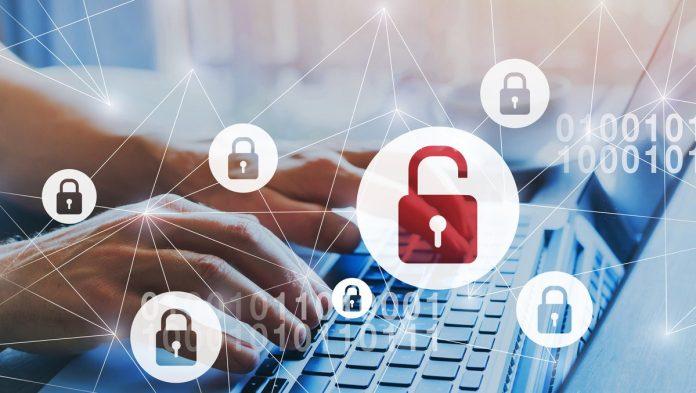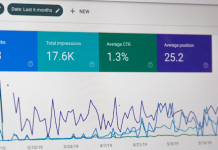Data breaches are caused by various mishaps, from weak passwords to more sophisticated techniques. When these breaches happen, they could have severe consequences for users.
One of the most concerning consequences is fraud—when cybercriminals use stolen data to commit crimes, especially Business Email Compromise (BEC).
Let’s explore the connection between data breaches and fraud, how cybercriminals steal your data, and what you can do to prevent and respond to a data breach:
Table of Contents
What is a Data Breach?
A data breach is a security incident where sensitive or confidential information is accessed, copied, stolen, or used by an unauthorized individual. Cybercriminals could steal everything from login credentials to personal information.
Companies could fall victim to a data breach if their systems are infiltrated by criminals who gain access to their databases, servers, or networks.
How Cybercriminals Steal Your Data
Cybercriminals look for ways to exploit vulnerabilities in users’ online behavior.
They can use tactics like phishing emails—where a clicked malicious email or link tricks you into giving away sensitive information. Sometimes attackers pool information gained from multiple sources to create a complete profile of someone. Cybercriminals may even be able to purchase stolen data from dark web markets for use in future attacks.
It’s important to understand that everyone is a potential target for cybercriminals, be sure to remain vigilant to ensure that your data doesn’t fall into the wrong hands.
Using Your Information for Fraud
Once cybercriminals have your personal information through a data breach, they can then use it to carry out scams, fraud, and identity theft.
One of the most common scams is BEC. In this type of attack, scammers impersonate executives through email or other communication channels to convince employees to transfer money. Your personal data may even be used as complete identity theft, which can lead to unauthorized credit card and loan applications, tax fraud, and other financial crimes.
It’s important to remain aware of potential threats to your personally identifiable information (PII) and implement proper monitoring to avoid fraud.
Preventing a Data Breach
Preventing a data breach takes ongoing effort. However, there are some simple steps you can take immediately, such as:
Implement a policy requiring strong passwords and two-factor authentication for all accounts.
Ensure all software is up to date with the latest security patches.
Educate employees on best practices for data security, such as not sharing passwords or using public Wi-Fi networks.
Limit access to sensitive data to only those who need it for their job duties.
Monitor user activity and unusual network traffic for signs of suspicious activity.
Use encryption to protect stored and transmitted data from unauthorized access and tampering.
Regularly scan systems for malware and other malicious programs that could be used to gain access to sensitive information.
Utilize firewalls and other security measures to prevent unauthorized access from outside sources.
What to do if There’s Been a Data Breach
If you’re ever the victim of a data breach, there are several important steps to take:
Notify all affected individuals immediately and provide them with information on the breach and steps they can take to protect themselves.
Contact local law enforcement and file a report of the data breach.
Conduct an investigation to determine the cause of the breach and steps that can be taken to prevent future breaches.
Take immediate action to close any security gaps that may have allowed the breach to occur.
Change passwords for any accounts that may have been compromised in the data breach and update security protocols accordingly.
Monitor affected accounts for suspicious activity and take appropriate action if necessary.
Bottom Line
Cybersecurity is a moving target, so it’s essential to stay up to the game about the most recent and most effective ways to protect yourself, your data, your business, and your clients.
By understanding how data breaches and BEC fraud are connected, you may be better equipped to prevent security incidents and limit the damage if they do occur. Remember, always stay on the offense and put as many barriers between your data and would-be attackers as you can.








